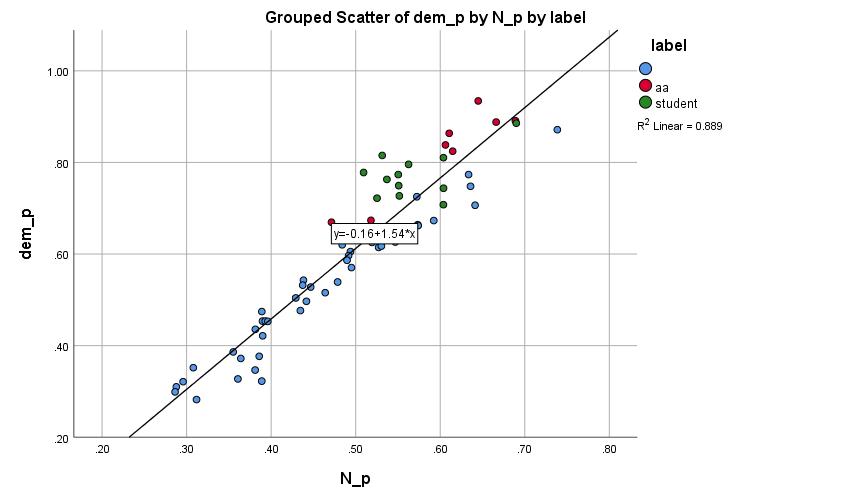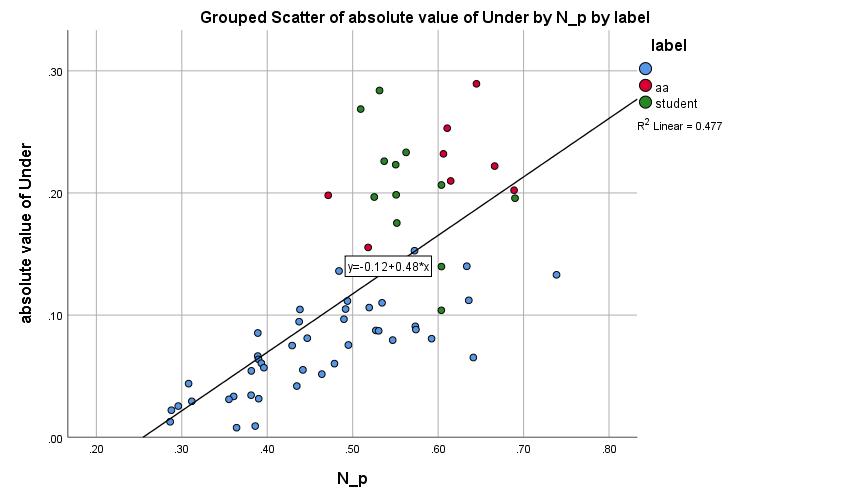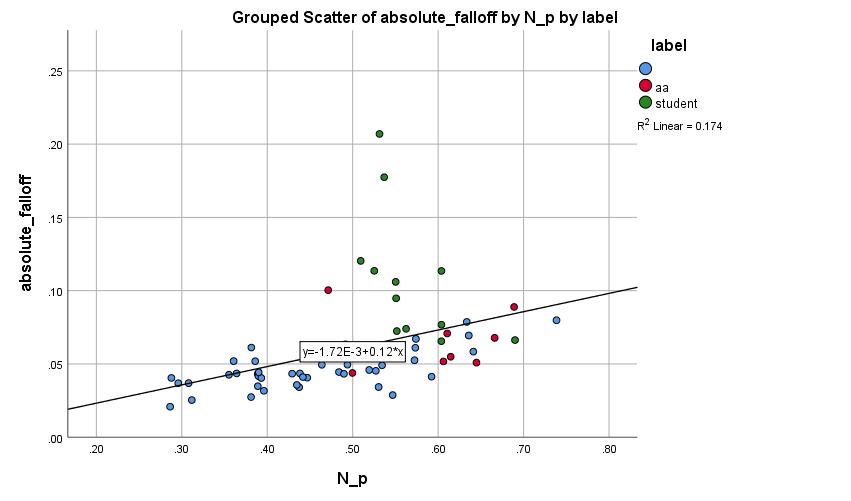Best Books of 2022 for political practitioners
Introduction
So begins the 30 day blogging challenge. My thought is to start with an easy one and ease into it.
A graduate student asked me what book I read this year that I would recommend to practitioners of political affairs.
Seeing that I have seeming spent a lifetime trying to understand how voters come to believe the things they do and how to affect that process, I spend a lot of time reading behavioral economic and psychology books. This year was no exception.
However, I can’t decide between two books; therefore, you I will tell you about two book recommendations for practitioners of politics in 2022.
The Science of Story Telling : Why Stories Make us Human and How to Tell Them Better
by Will Storr

This is an exceptional, easy to access book written by journalist, Will Storr. The Science of Story Telling is an exploration of story and the brain science behind why stories are so effective in persuasion.
For me, this is less of a how to book, and more of the brain science. Understanding these psychological underpinnings are essential to what we do as political practitioners. I have read it twice and marked it up extensively.
Non affiliate link: https://www.amazon.com/Science-Storytelling-Stories-Human-Better/dp/1419743031
Intuitive Marketing: What Marketers Can Learn from Brain Science
By Stephen Genco

This is exceptional book by a Stanford Phd, Stephen Genco. This one is a little bit more dense and academic, but if you want a great review of the body of social science surrounding brain science, this is the book. I am on my second reading of this book.
If you forced me to recommend one book for the year, it would be this one.
Non-affiliate link: https://www.amazon.com/Intuitive-Marketing-Marketers-Learn-Science/dp/0578563614
Conclusion
Spend any time in politics and you will rapidly come to understand that human behavior is messy, and I think we owe it to our clients to constantly improve. As political practitioners whether that be in public relations, public affairs, campaign consulting, or policy, understanding how human beings come to believe the things they do and how to affect those processes will only help us serve our clients better.
Let me know your recommendations, or if when you read these, would love your thoughts.








